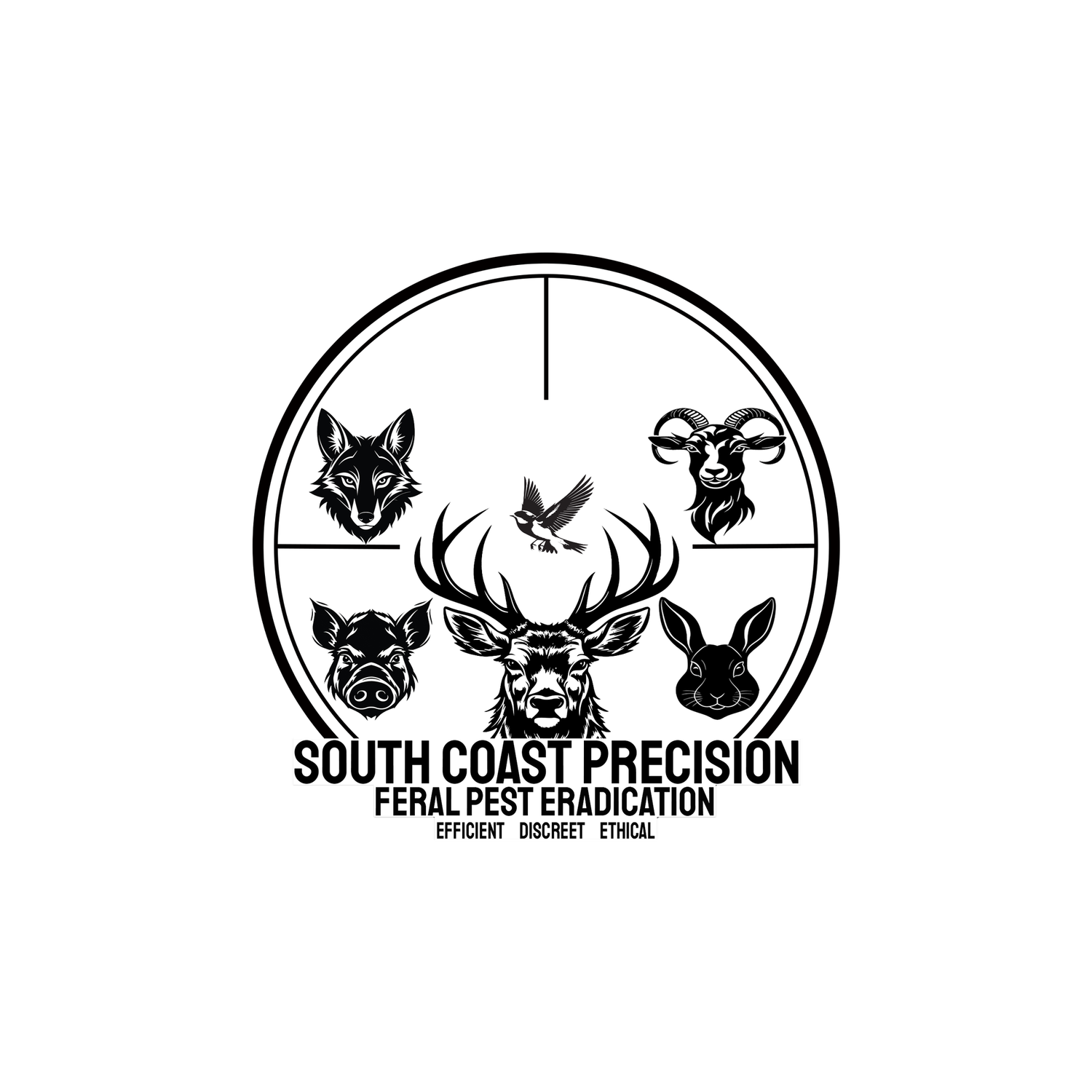
Feral Goats
Goats
Scientific Name: Capra hircus
Common Name/s: Feral Goat/Wild Goat
Origin:
The domestic goat (Capra hircus) is believed to have originated in the mountainous regions of Western Asia and Eastern Europe, where it was first domesticated around 10,000 years ago. It was primarily used for its milk, meat, fleece, and skins, making it one of the earliest domesticated species.
In the case of feral goats, they were brought to Australia with the first fleet in 1788, many of these animals escaped or were intentionally released into the wild as is the case with sailors releasing goats on to some islands in the 19th century.
Regardless of how they came to Australia the landscape with all its vegetation and vast wilderness plus a lack of predators allowed for these animals to form self-sustaining populations.
Ecology:
Feral goats live in herd formations which at times can reach huge numbers of 20+ individuals if conditions are right.
Breeding season typically occurs all year especially in areas where the conditions are perfect i.e. plenty of food and water. This is more common in areas where they live close to livestock, in saying this typically peak time is late summer to mid-winter.
Breeding in more arid areas typically falls in line with the rainy season. For most of the year males and females usually stay separate and only come together to breed. This can however also be area dependent as more healthy areas allow for breeding to occur more often.
Females (nanny or does) can breed from around 6-8 months or about 15kg. Males (Billy or bucks) reach sexual maturity closer to 8 months. Twins or even triplets are fairly common with goats although in more harsh conditions its unlikely all young will survive, this is dependent on the mother’s milk store and water.
Billys or bucks can weigh up to 60kg and nannys or does are up to 45kg.
In areas pastoral areas goats are known to have huge home ranges with some billys which have been radio collard averaging 271km.
Impacts:
The threat of feral goats is immediate and pressing. These animals compete with native species and domestic livestock for food, water, and shelter. During droughts or if feral goat numbers have not been considered in terms of total grazing pressure, goats can have a major impact on native vegetation.
Goats prefer shrubs, young trees, and grasses that form the foundation of many ecosystems, reducing the variety and density of native plants. This can lead to soil erosion, as plants that typically hold the soil together are consumed. As a result, soil degradation occurs, making it difficult for new vegetation to grow and causing long-term environmental harm.
Their destructive grazing habits, which involve stripping shrubs of bark and leaves, can destroy vegetation cover, disturb the balance of species in a vegetation community, and spread weeds through the droppings.
The disturbance of the soil by goats' sharp hooves and males' characteristic pawing of the ground leaves the soil open to the erosive forces of rain and wind.
Goats not only compete with native animals for shelter, but their actions also leave these animals exposed to the heat and make them easy prey for foxes and wedge-tailed eagles, highlighting the dire situation for these native species.
One example of this completion for shelter is that of the Yellow-footed rock wallaby who uses rocky outcrops as its habitat which goats also enjoy.
Feral goats are now found in 28-30% of Australia.
Feral goats can serve as vectors for various diseases affecting wildlife, livestock and even people. These include but not limited to:
Johne’s disease
Ovine Foot rot
Foot and Mouth Disease
Bluetongue (not to be confused with the reptile) A viral disease affecting sheep and other ruminants, transmitted by insect vectors such as midges.
Q Fever
Gastrointestinal worms
Lice and Ticks
Control Methods:
Ground-based shooting is one of the most common methods for controlling feral goat populations. This involves the systematic shooting or trapping of goats to reduce their numbers.
In remote areas, helicopters are often employed to locate and shoot goats from the air.
Helicopters are also used to herd and corral goats which are then and sent off to abattoirs or for live export by truck due to their high demand from Middle Eastern countries.
This is far more common in areas where goat numbers are so high that it simply isn’t feasible for farmers to run cattle or sheep due to competition for food from the goats. At times goat meat was also paying more per kg in comparison to beef or lamb.
Fencing is a method to limit the spread of feral goats, especially in areas where agricultural land or sensitive ecosystems are at risk. It may prevent goats from accessing crops, pastures, or conservation areas.
However, this method is not overly effective as it is not always practical over large areas. Additionally, feral goats are agile climbers and can sometimes find ways around fences, which limits their effectiveness in some areas.
Hear a Goat call below!






